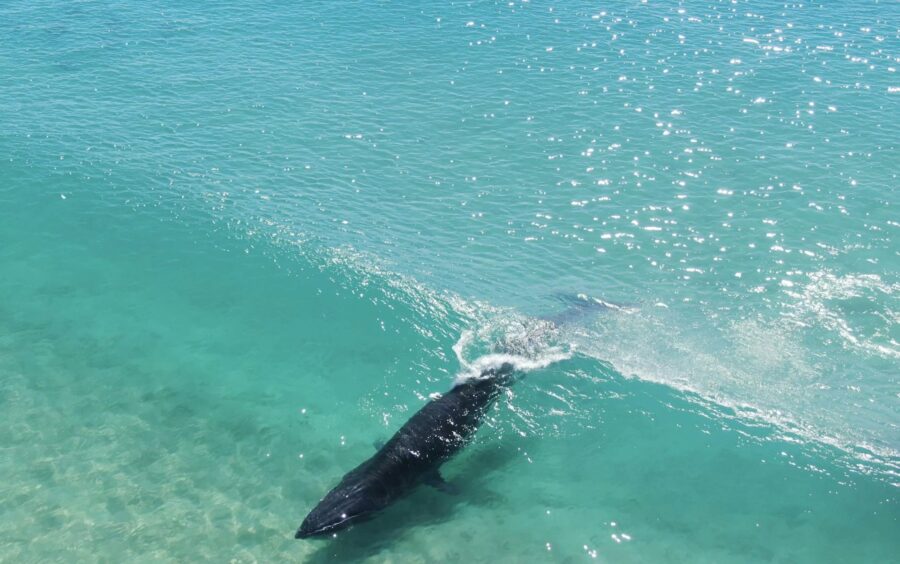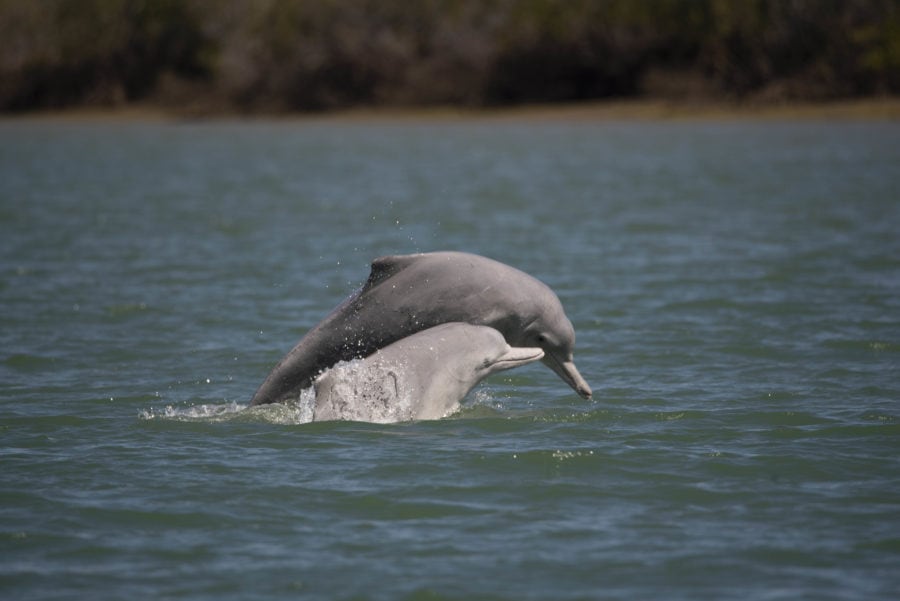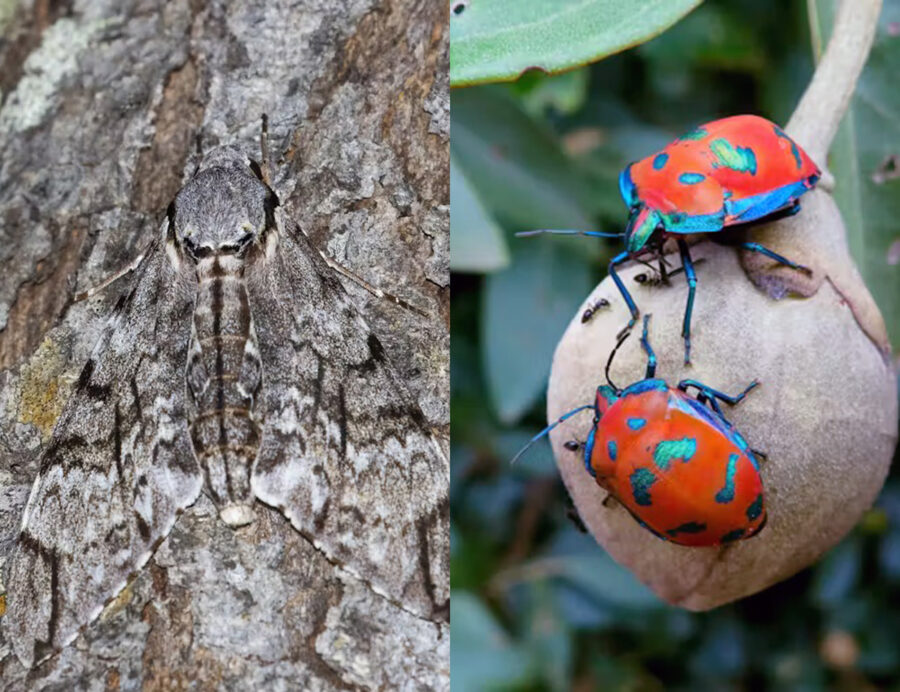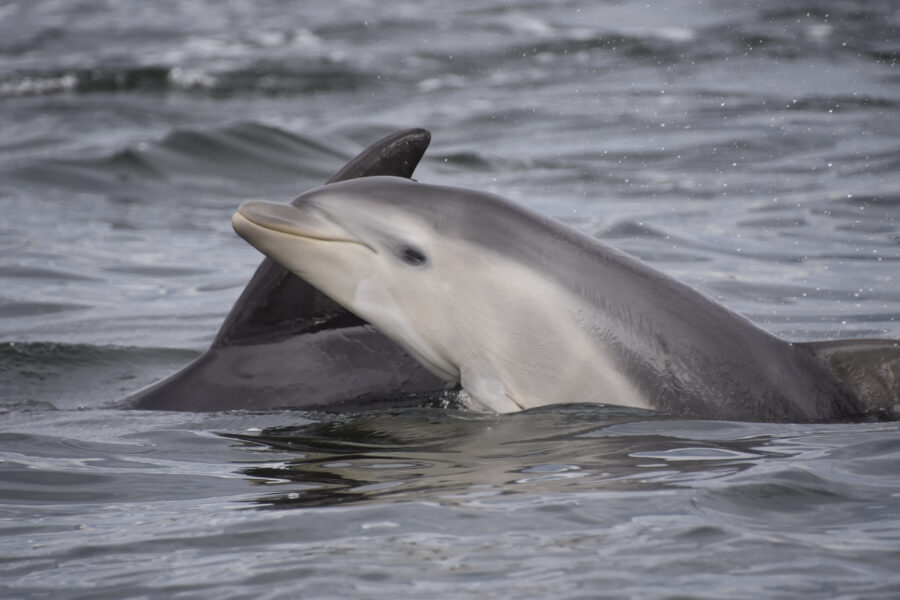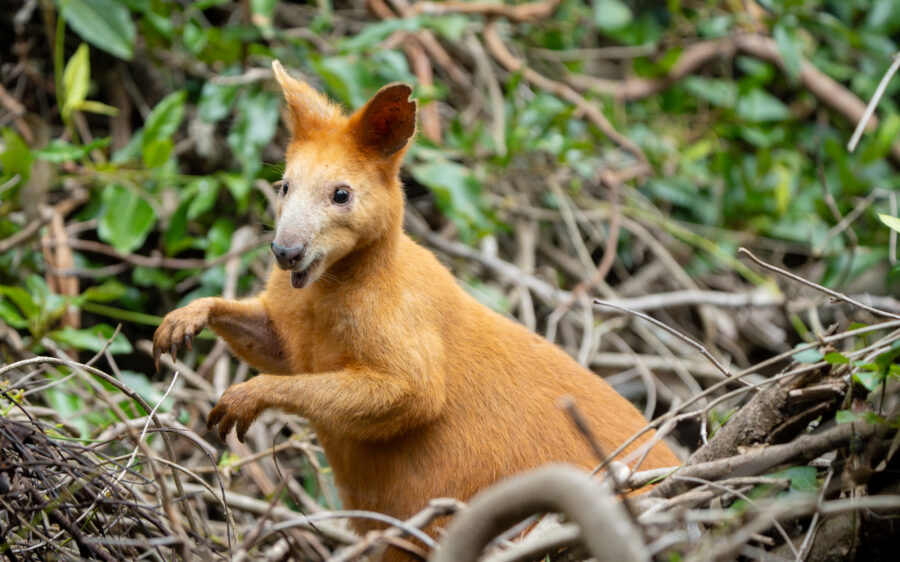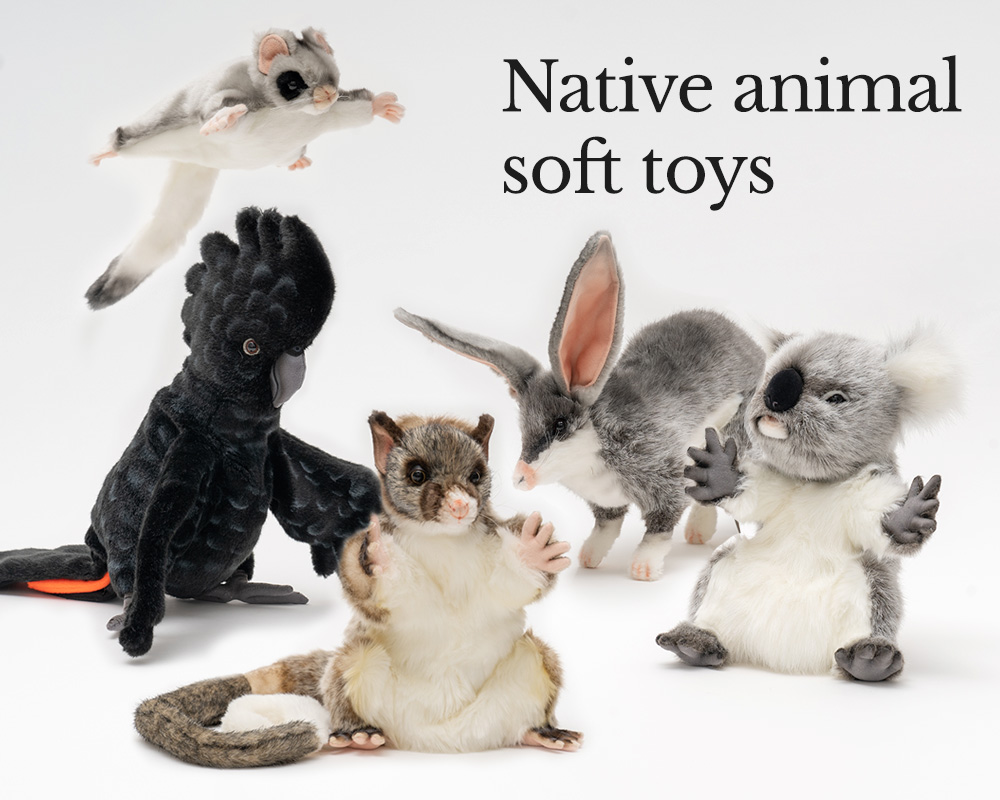Whales and dolphins mutually benefit from ‘playing’ together, study finds
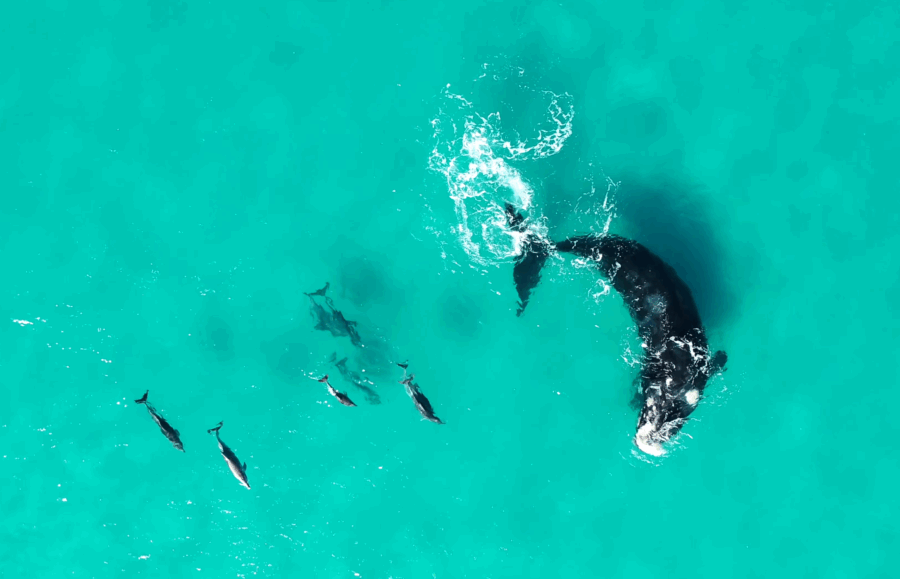
As the annual humpback whale migration is underway with thousands of whales passing by the Australian coast, there are reports of dolphins joining the mass movement.
But this isn’t a one off. In fact, our new study, published in Discover Animals, shows interspecies interactions between dolphins and whales are widespread and frequent around the world.
An astonishing interaction
There have been several reports of whale and dolphin interaction in the past.
One that astonished the public back in 2004 featured a humpback whale in Hawaii repeatedly lifting a bottlenose dolphin on its head.
Researchers suggested such close contact between whales and dolphins is likely very rare – and maybe related to care giving.
But other forms of interactions resembling joint feeding, play and harassment are now being frequently documented thanks to drone technology. Many are also featured on social media.
A ‘whale’s-eye view’ of the world
For our new study, we undertook an analysis of 199 independent whale-dolphin interaction events involving 19 different species. These interactions spanned two decades and occurred across 17 countries.
We drew from social media platforms – such as Facebook, YouTube and Instagram – and footage contributed by citizens to get a variety of observations.
Each entry was carefully reviewed to identify the species involved, validate the interaction and categorise behaviours. Two additional cases came from camera tags attached to humpback whales. These offered an underwater “whale’s-eye view” of their encounters with dolphins.
We categorised behaviours such as rolling, tail slaps, bow riding, and rubbing, and classified dolphin positions relative to whale body parts such as head, flank and tail fluke.
Having fun or fighting?
The study contradicted earlier assumptions that interspecies interactions between dolphins and whales are very rare.
The most common interaction was dolphins swimming near the whale’s head (akin to bow riding). This accounted for 80% of observed dolphin positions. Humpback whales were the most involved whale species, while bottlenose dolphins led the dolphin side.
Based on videos we analysed, dolphins initiated most interactions through bow riding, swimming in formation, or even touching whales.
In more than one-quarter of the events, the whales responded in seemingly similar ways. For example, humpback whales often rolled, exposed their bellies, or gently turned toward dolphins.
Tail slaps and other signs of distress or aggression were rare (roughly 5% of cases).
As a result of this, we classified more than one-third of all interactions between humpback whales and dolphins as positive or possible social play.
The two camera-tag videos revealed previously undocumented interaction. Dolphins were observed following humpback whales not only at the surface but down to the ocean floor. They maintained eye contact or even touched the whales’ head – suggesting intentional, possibly social, engagement.
Reflecting advanced emotional capabilities
The findings reshape our understanding of how social marine mammals interact across species. They suggest interspecies interaction among marine mammals may be far more prevalent and complex than previously believed.
Dolphins may seek out whales as companions for stimulation, play or even courtship-like behaviour. Meanwhile, certain whale species, particularly humpback whales, may not only tolerate but also engage with dolphins in a social capacity.

This interspecies dynamic adds a new dimension to marine mammal social ecology and could point to cultural elements in whale and dolphin societies. The playfulness, cooperation and apparent enjoyment observed in many interactions reflect advanced cognitive and emotional capabilities.
The study also demonstrates the power of new technologies and community science. Social media and drones proved invaluable for collecting a range of diverse behavioural data that traditional surveys might miss.
Social media data has limitations, such as geographic and observer bias caused by different angles, heights, equipment and frequency of use of social media. But it does complement other data and helps uncover previously unknown behaviours.
Whales and dolphins don’t just coexist but also seek each other out. Future studies incorporating acoustic recordings and longer observation periods could further unravel the motivations and meanings behind these fascinating encounters.
About the author: Olaf Meynecke is a Research Fellow in Marine Science and Manager Whales & Climate Program at Griffith University.
This article is republished from The Conversation under a Creative Commons license. Read the original article.
